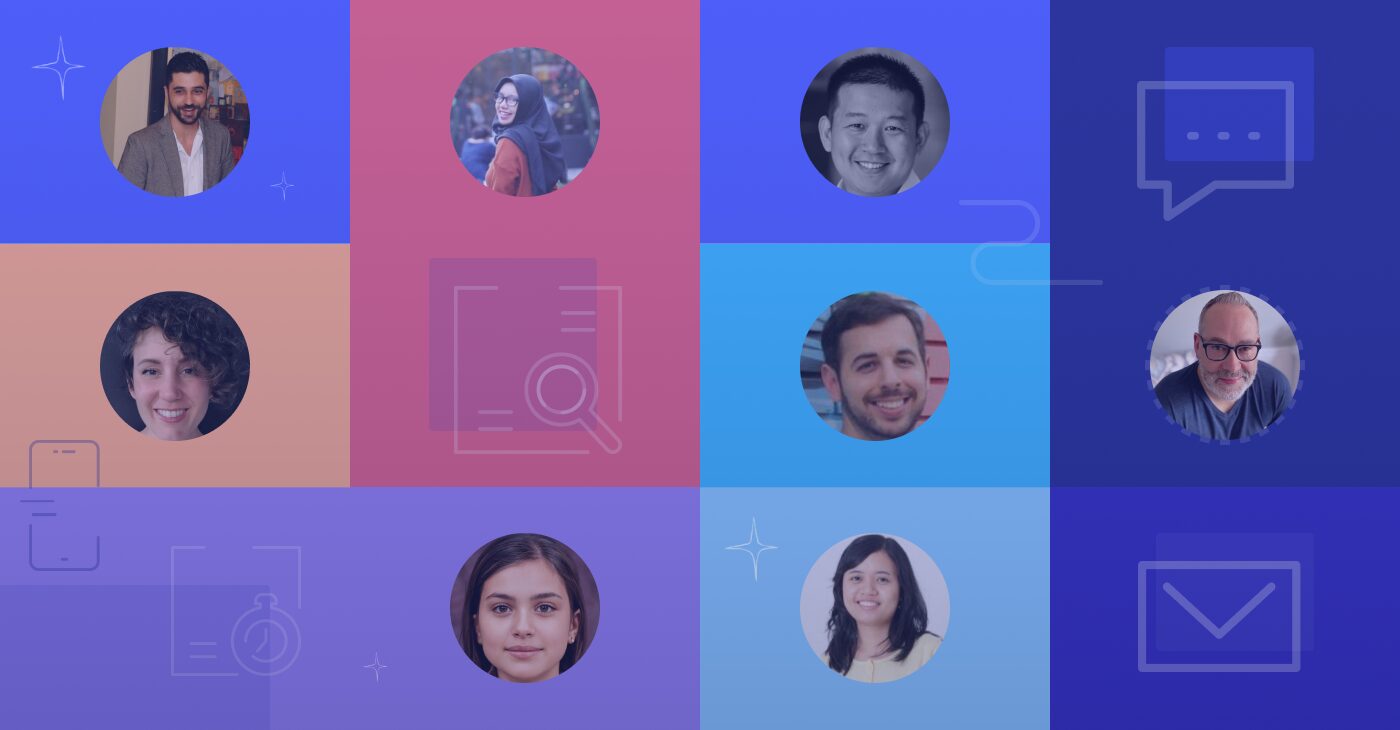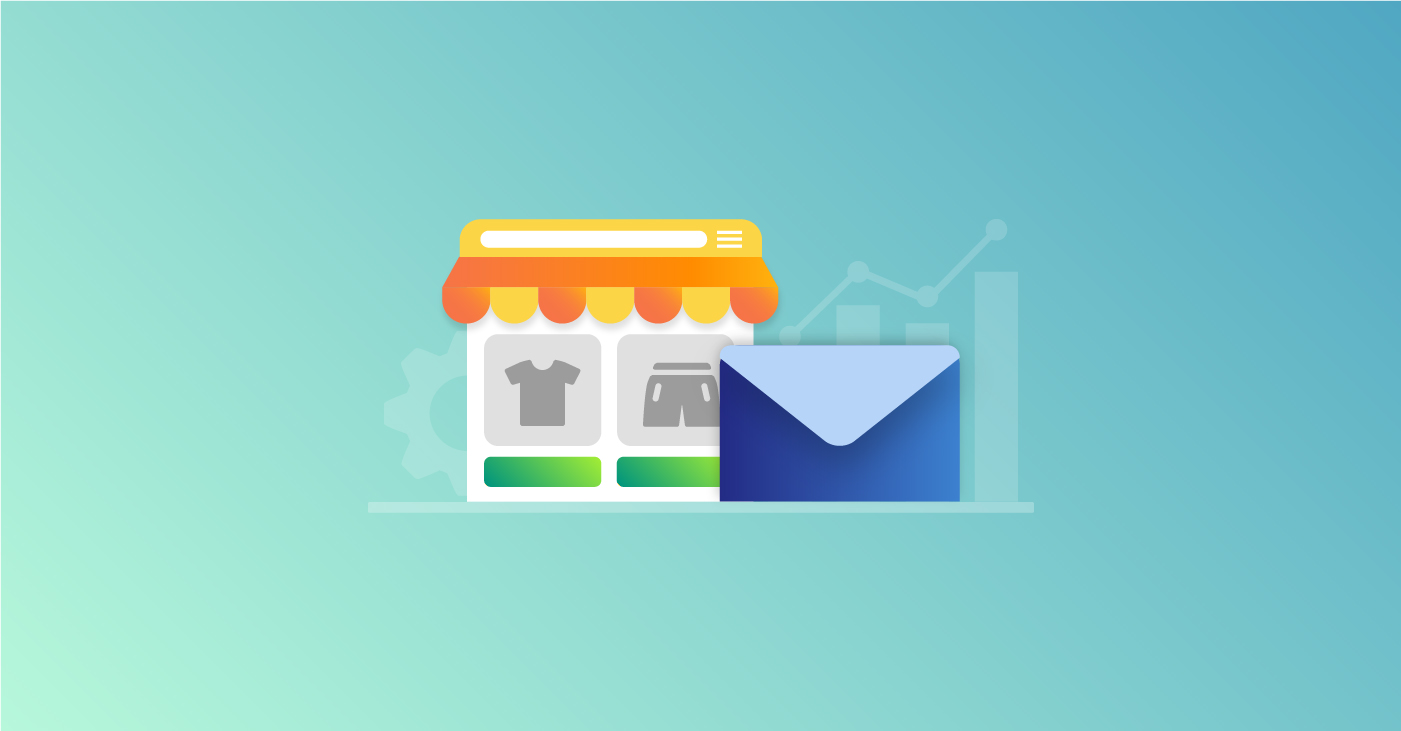Email Design Trends: What Catches the Subscriber’s Eye in 2024?
April 16, 2024 5 min read

Even though the digital marketing industry is constantly changing, email marketing remains a cornerstone of marketing strategies for businesses across industries. However, with inboxes flooded with messages competing for attention, standing out has become more challenging than ever. As we step into 2024, the art of email design continues to undergo transformations, driven by evolving consumer preferences, technological advancements, and the quest for engagement.
Understanding the pulse of contemporary email design is paramount for marketers aiming to captivate audiences and drive conversions. To shed light on the most impactful trends shaping email design this year, we’ve turned to industry experts for their insights and predictions.
From innovative visual elements to interactive functionalities, the realm of email design is ripe with possibilities. In this article, we’ll delve into the emerging trends that are poised to catch the subscriber’s eye in 2024, offering a roadmap for marketers to navigate the ever-changing landscape of email marketing.
From the Experts: 2024 Email Design Trends
Join us as we explore the frontier of email design, guided by the expertise and foresight of leading voices in the field. Through their perspectives, we’ll uncover the strategies and approaches that are set to redefine the way brands connect with their audiences through the inbox.
1. Putting UX First

Veljko Ristic
Marketing Manager, Mailtrap
“The biggest trend in email marketing design will be a strong focus on UX and it’s likely to influence all email design aspects. From email subject line and preheader to the choice of template, fonts, and CTAs, email marketing design will be geared towards nudging users to interact more with emails.
That may involve more emails with F-pattern instead of compartmentalised layout, similar to what Webflow is doing, for example. To that, I suspect brands are more likely to opt more for a minimalistic approach, cutting through copy, graphic, and template clutter. However, ample use of bold colors and fonts for that matter seems to be here to stay. Of course, this isn’t at the expense of user interactions.”
2. Employing Tools that Enable Easy Design Strategies
“Marketers are among some of the busiest people in any industry. They have a lot on their plates, which makes harnessing tools that help lighten their loads extremely crucial for meeting goals in 2024.
Learning email design from the ground up just isn’t feasible. So, opting for email marketing tools that are chock full of customizable templates is a must. But at Benchmark Email, we take it one step further. Our Smart Design feature allows users to incorporate their branding elements while using the power of AI to generate unique and on-brand email designs that go beyond the average template. Email design is simplified without sacrificing quality design so you can turn out great, eye-catching and engaging emails.”
3. Purposeful, Accessible, and Clean Elements

Jennifer Nespola Lantz
VP Industry Relations & Deliverability Services, Kickbox
“Clean email design, think intelligent use of whitespace with element positioning, isn’t new, but it’s use will continue if not improve. Intelligent clean design places elements in a way that helps the eye flow through the email, bringing each piece of information to the reader at the right time.
Monochrome elements, dark mode, and other visually pleasing designs will continue, but my hope is that it won’t detract or hinder the experience for those that can’t receive it the same way as it was designed. Accessibility is underrated and painfully missing for those that need designs that can, for example, make a screen reader more effective or font easier to read in images or even colors more distinguishable for those who are color blind, and so much more.”
4. Less is More

Jeremy Moser
Co-owner & Advisor at Wordable.io
“Focus on hyper-personalization while still dishing out design pizzazz. Think of bold colors. Fun fonts. Custom graphics. Short (or no) scrolling. And spice it up with cinemagraphs. Use your design to wow your readers. Be bold. Keep it short. And never underestimate the power of custom graphics to showcase value or spark emotion.”
5. AI-Generated Email Content and Design
“With AI, it has never easier for marketers to create email content in minutes. AI saves a lot of time and resources for creating subject lines, body copy, and even designing email templates almost instantly– based on predefined criteria and brand guidelines. However, while AI streamlines the creation process, it’s still important to make sure that the generated content maintains a human touch. Simply relying on AI without understanding the nuances of human communication and consumer preferences can only result in generic messaging.”
6. Hyper-Personalization

Natasha Rei
Digital Marketing, Explainerd
“AI comes in handy when it comes to analyzing past purchase history, browsing behavior, demographics, and interactions with previous emails. Most email tools are now incorporating AI-powered features where users can easily tailor content to individual preferences and interests. No more irrelevant email blasts. Whether it’s product recommendations, relevant articles, or special offers, dynamic content insertion makes sure that each recipient receives a customized email experience that they actually want to read.”
7. Putting Customer Retention First

Marissa Sabrina
Creative Director, LeadLearnLeap
“Reengaging existing customers through email is a demanding job. While a consistent email layout is necessary, providing something new with fresh visual elements can be an effective way to connect and engage existing customers.
Design elements such as relevant content, targeted offers, and interactive features can enhance the overall customer experience and encourage repeat purchases. Visual storytelling can also be useful in capturing attention. Moreover, using feedback mechanisms is also effective for further improvements. Getting feedback allows marketers to refine their email designs and tailor them to audiences’ preferences.”
8. Dark Mode-Friendly Designs

Arum Karunianti
Project Specialist, Voissee
“Implementing dark mode on various platforms, including email, is not new. However, many marketers are unaware of the importance of optimizing their email designs for this setting.
Dark mode offers a sleek and modern aesthetic. At the same time, it improves readability, reduces eye strain, and offers better battery life for users. Designing email templates that are dark mode-friendly ensures emails remain visually appealing and effective, regardless of the user’s preferences.
For instance, marketers can use high-contrast text and graphics to make their email templates compatible with darker backgrounds. Using vibrant colors that stand out against dark backgrounds and strategically utilizing white space are also necessary for comfortable viewing.”
By embracing the insights shared by industry experts and incorporating emerging trends into their strategies, marketers can craft email campaigns that resonate with subscribers and drive meaningful engagement. Whether it’s leveraging dynamic content, embracing minimalist aesthetics, or harnessing the power of personalization, the key lies in understanding the evolving needs and preferences of the audience.






